TABLE OF CONTENTS
There are two things we can say about GPUs, Graphics Cards, and Video Cards:
- They are the same
- They are not the same
Well, that’s no help at all, so what do I mean by this?
What a GPU, Graphics Card, and Video Card refers to can change depending on your level of expertise (or the person you are talking to) and the situation you are in.
Let’s back up a bit, here’s what is true: GPUs, Graphics Cards and Video Cards are not the same things!
But they are often used interchangeably or mean the same thing in a certain context.
When you go to a PC-Hardware Store and ask an employee for a GPU, you’ll get the following:
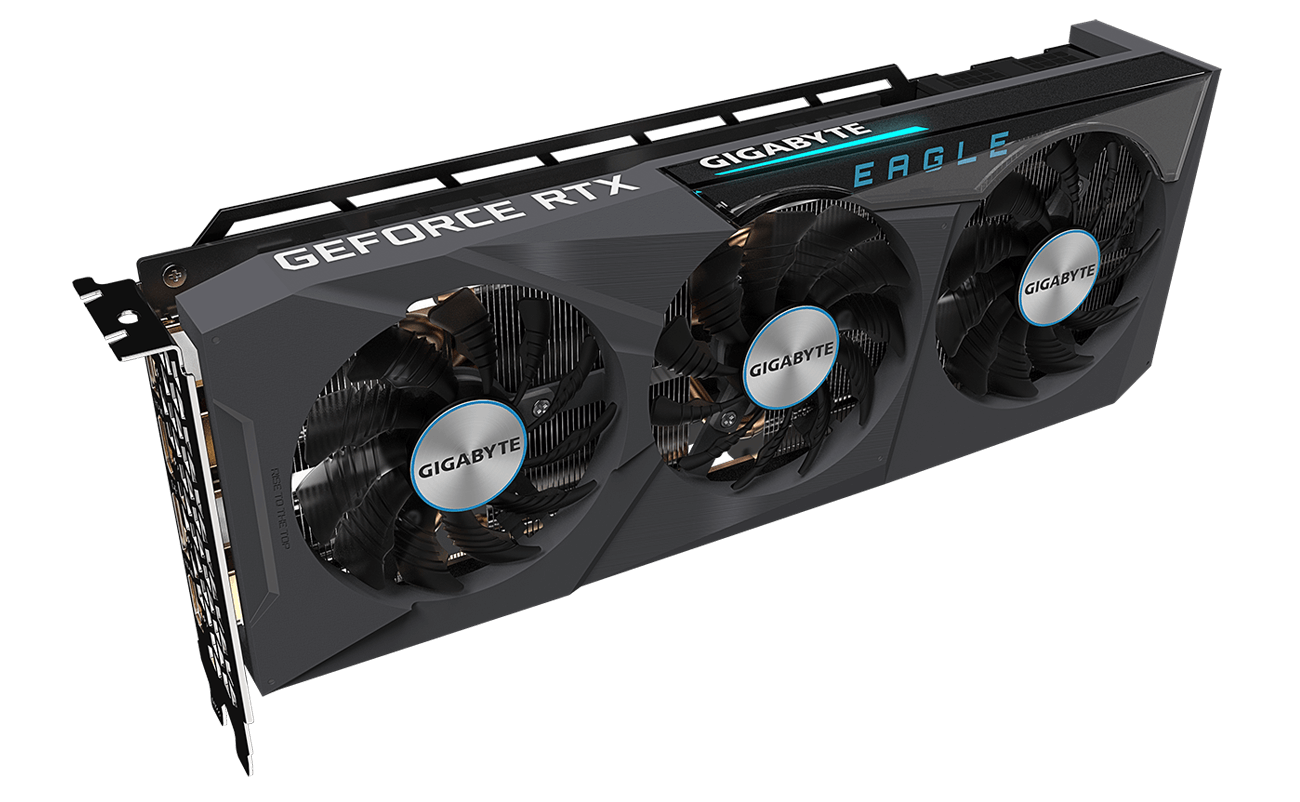
Image-Credit: Gigabyte
But here’s the thing: You’ll most likely get the same exact thing when you ask them for a graphics card or a video card.
Those employees already know what people (with often less knowledge than them) are looking for and don’t bother correcting them.
Now, if you were to talk to an editor that works on Hollywood Movies and you told her that you just bought a new Video Card for Gaming, she’ll be confused as to why you need a Video Card for Gaming.
Let’s clear up the confusion:
What is a GPU?
GPU is short for “Graphics Processing Unit”.
It is a flat chip with electronic circuits that is usually around 3x3cm small.
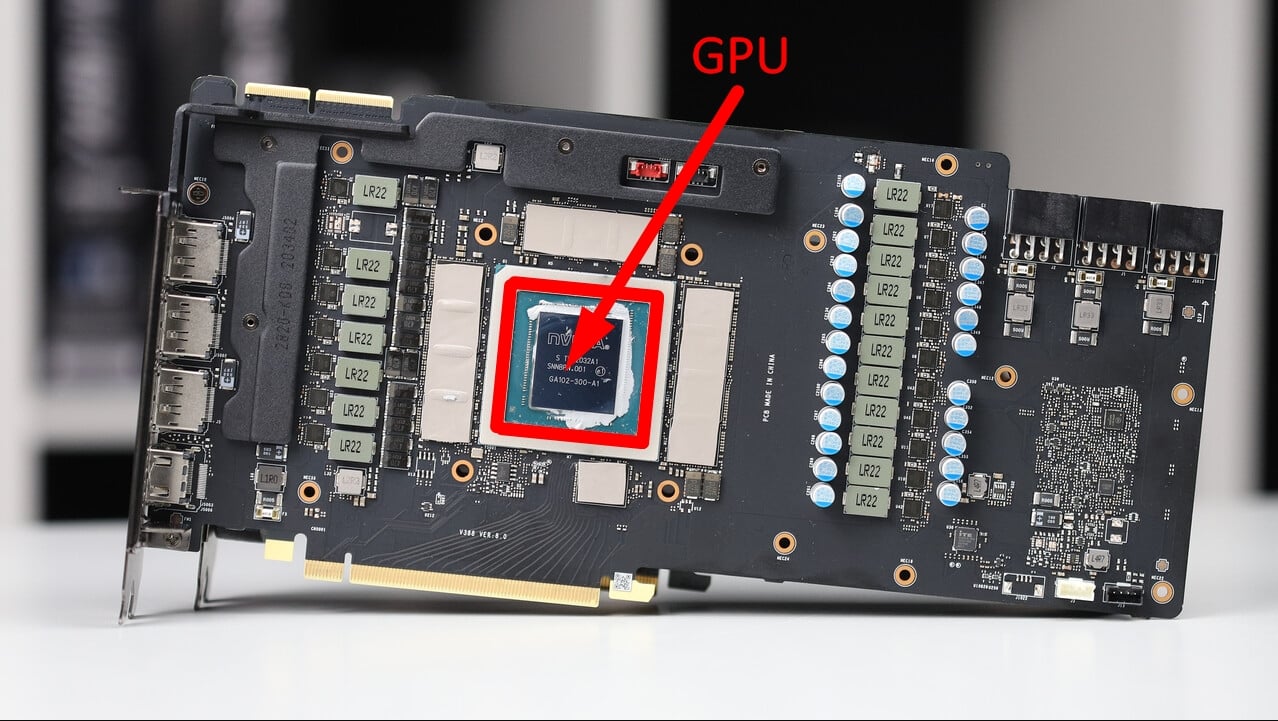
Image-Source: Computerbase
The GPU consists of various circuit logic and so-called cores that are programmable.
Because the GPU Chip alone won’t be able to function without some kind of Memory, Power Management, and connection to your Computer it can be placed:
- Into your CPU
- Onto its own PCB (Printed Circuit Board)
When a GPU is included inside of your Processor (CPU) it is called an iGPU – integrated GPU. An integrated GPU gets its power management and connection to the rest of your PC’s hardware through the CPU.
It can also access and use the System’s Memory (RAM).
When a GPU is placed onto its own PCB, it’s called a Graphics Card.
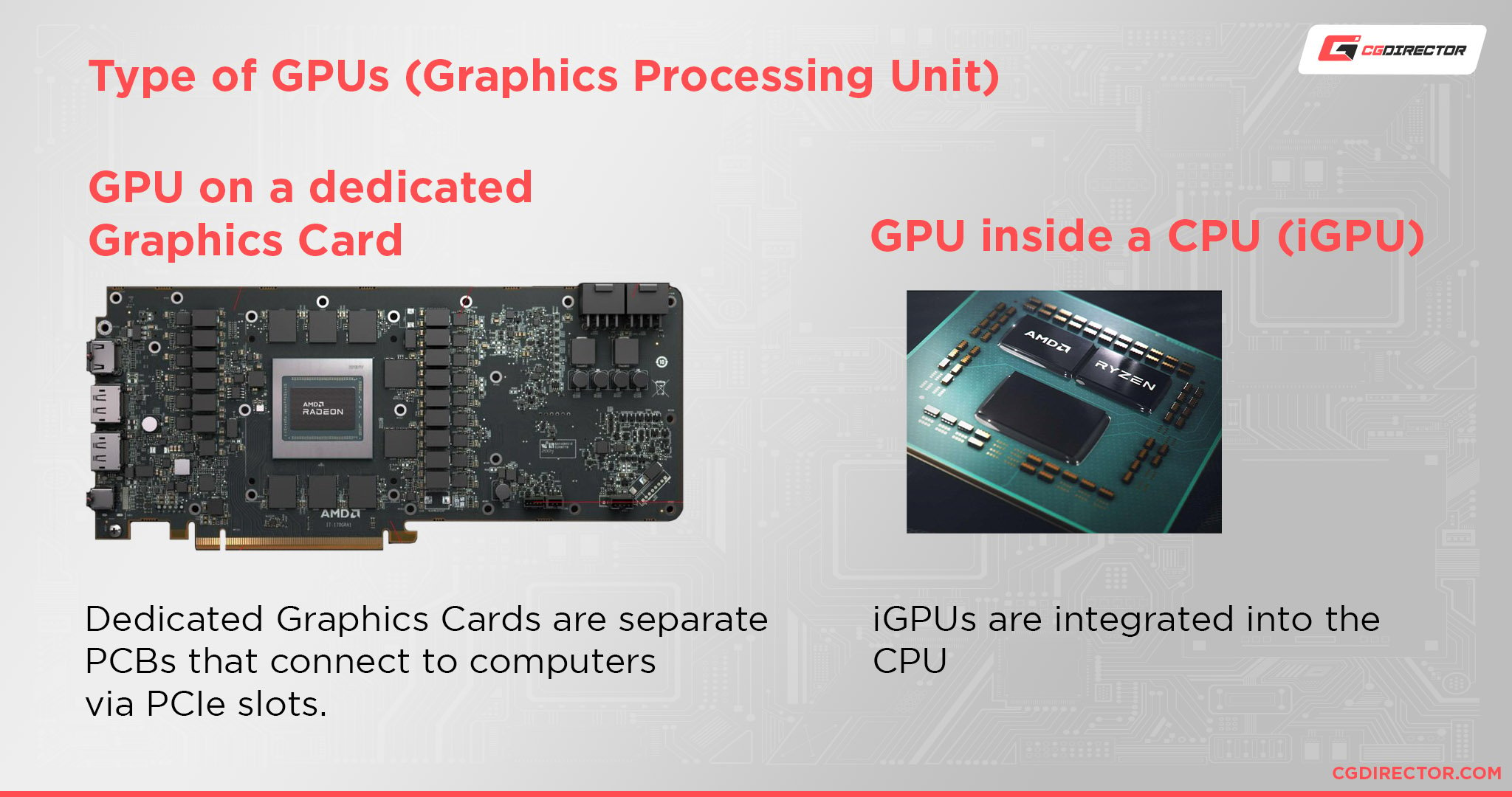
This brings us to:
What is a Graphics Card?
Because a GPU Chip won’t be able to do much without supporting Hardware such as Memory or things like Power Management and Cooling, it is placed on a Printed Circuit Board (PCB) that has room for exactly those elements.
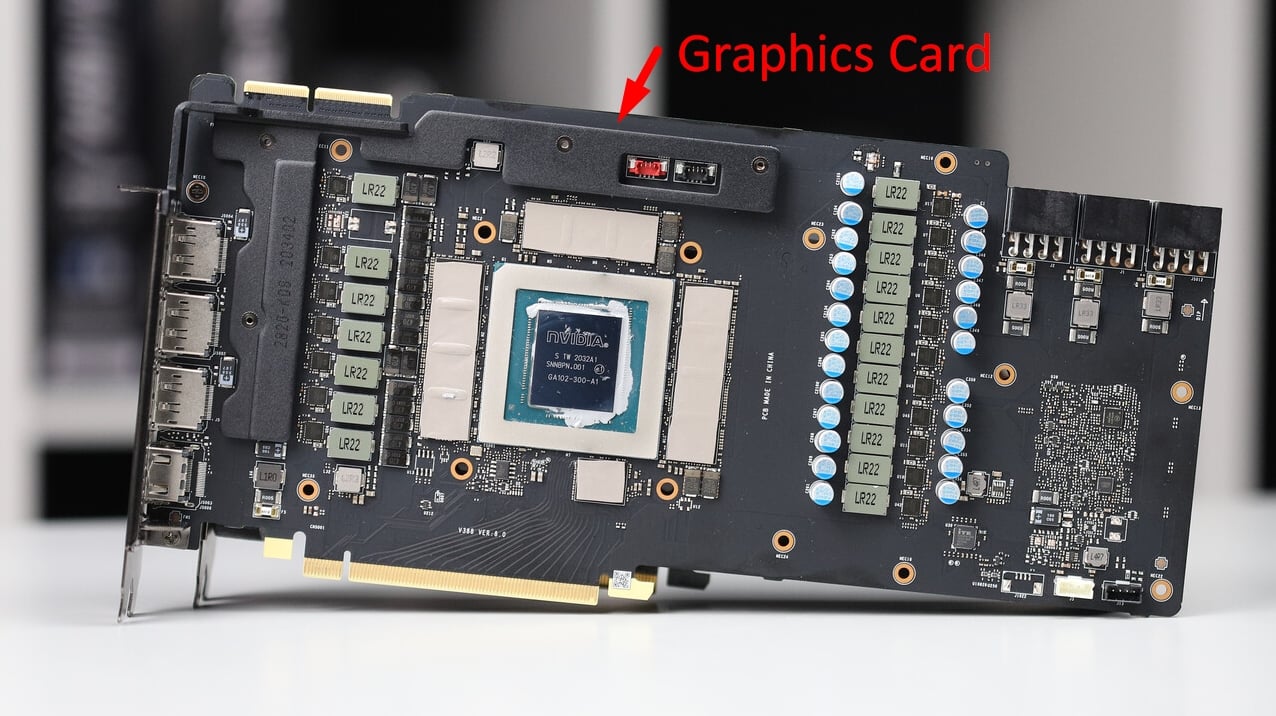
Image-Source: Computerbase
A Graphics Card is a PCB that includes supporting Hardware such as VRAM Modules (Video Memory), Power Management, or Cooling for the GPU and Memory.
A Graphics card also has a high-speed interconnect, the PCIe Connector, that connects it to the Motherboard to interface with the rest of your Computer.
A Graphics Card on its own PCB is also called a dedicated Graphics Card, or dGPU (as opposed to the iGPU – the integrated GPU inside of the CPU).
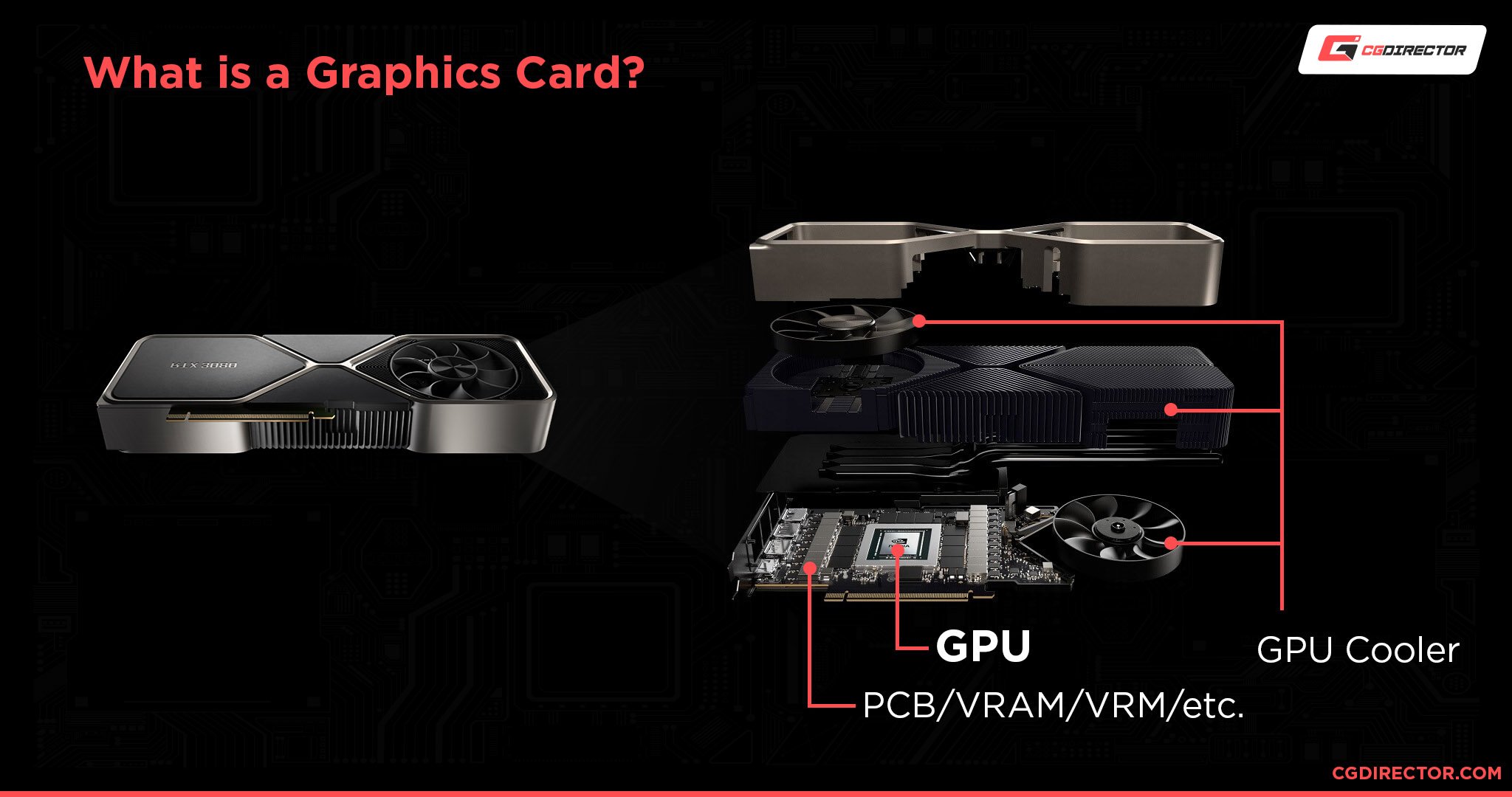
The reason for the existence of dedicated Graphics Cards is size and practicability.
Powerful hardware needs ample room, especially for the cooling solution. You don’t want your Graphics Card getting too hot.
You can add multiple Graphics Cards to your PC if needed, upgrade your Graphics Card without necessarily changing anything else (like the CPU if you wanted to upgrade an iGPU), and dedicated Graphics Cards can be sold by specialist companies that focus on manufacturing the best Graphics Cards possible.
Generally, a Graphics Card is a specialized form of hardware that is really good at processing tasks that can be easily parallelized – thanks to a GPU’s many Cores.
Although Graphics Cards were originally developed for handling graphics or visual tasks, they are today used for any workloads that can be easily parallelized.
What is a Video Card?
Although the sales clerk at Microcenter will most likely default to selling you a Graphics Card when you ask for a Video Card, Video Cards are actually meant for Video-related processing first and foremost.
Because Video Cards such as Capture Cards by Blackmagic or Elgato, though, are quite a niche product, it’s easily forgiven that they are ignored.
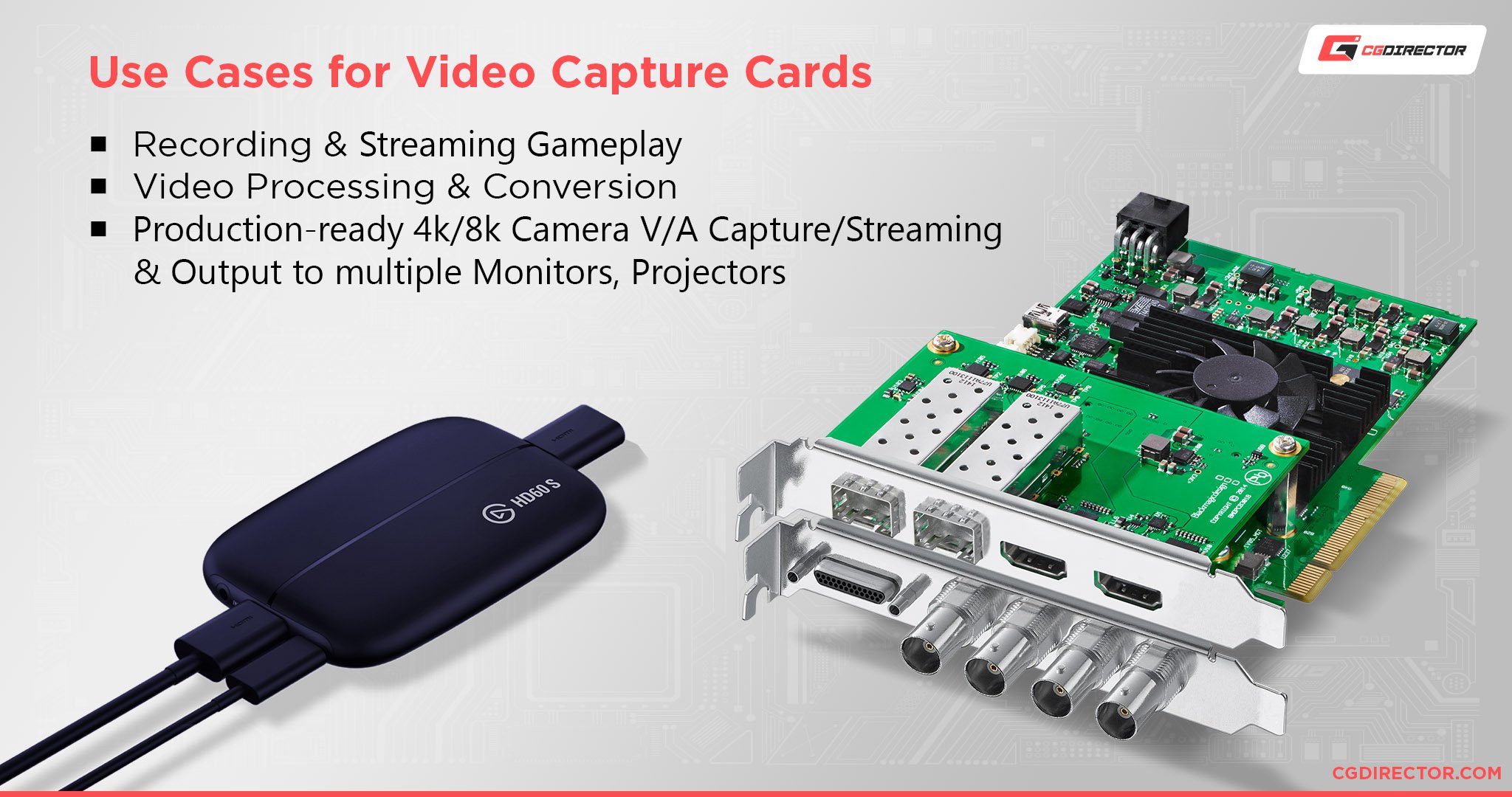
Video Cards are a specialist piece of Hardware that focuses on handling Video processing extremely well.
Workloads like Video Editing, Conversion, Movie Projecting, Streaming, etc. all have to handle streams of Video Data and the higher the resolution becomes or the higher the bit-depth, the more performance you’ll need.
A lot of Videos have specific Video Codecs that can’t be encoded or decoded fast enough by a Graphics Card or a CPU.
Video Cards are specialized to handle encoding, decoding, capturing, and outputting video extremely well without slowing down the rest of your System.
What’s the difference between a GPU, Graphics Card, and a Video Card?
A GPU, Graphics Card and Video Card are used interchangeably.
To be exact, though, they mean different things.
A GPU is the main chip on the Graphics Card.
A Graphics Card is a fully functional piece of Hardware (including the GPU) with a PCB, VRAM, and other supporting hardware elements.
A Video Card is a specialist piece of Hardware that accelerates video-related processes.
You’ll find that discerning between these three pieces of hardware is rarely done.
We are guilty of using them interchangeably throughout our articles as well.
FAQs
What’s the difference between a Graphics Card and a Graphics Driver?
A Graphics Card is a physical piece of Hardware meant for accelerating graphical processes.
A Graphics Driver is a small software program that allows your Operating System to use the Graphics Card.
The Graphics Driver has instructions on how to “drive” the Graphics Card.
Is a Graphics Card important for a Video Editing PC?
Depending on the complexity of your projects, a strong Graphics Card can accelerate many parts of a video editing workload.
Software such as Premiere Pro and Davinci Resolve make great use of powerful Graphics Cards.
Which Graphics Card is best, NVIDIA or AMD?
The best GPU for you depends on your workload.
Nvidia often leads the pack in Rendering and professional workloads, while AMD is said to be the better deal, especially for games, on a performance per dollar level.
Over to you
That’s about it from me. What kind of a Graphics Card or Video Card are you thinking of buying? Let us know in the comments or ask our expert forum your questions!
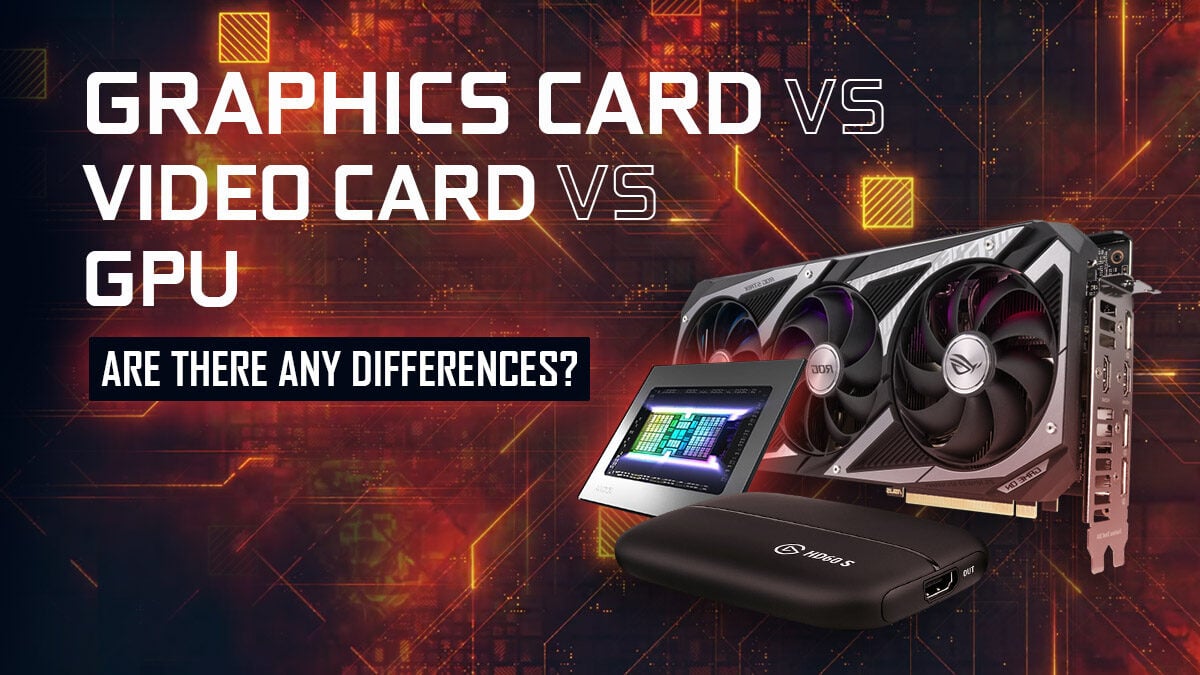
![Guide to Undervolting your GPU [Step by Step] Guide to Undervolting your GPU [Step by Step]](https://www.cgdirector.com/wp-content/uploads/media/2024/04/Guide-to-Undervolting-your-GPU-Twitter-594x335.jpg)
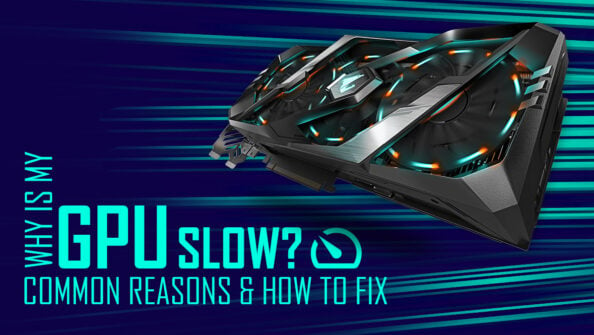
![Are Intel ARC GPUs Any Good? [2024 Update] Are Intel ARC GPUs Any Good? [2024 Update]](https://www.cgdirector.com/wp-content/uploads/media/2024/02/Are-Intel-ARC-GPUs-Any-Good-Twitter-594x335.jpg)
![Graphics Card (GPU) Not Detected [How to Fix] Graphics Card (GPU) Not Detected [How to Fix]](https://www.cgdirector.com/wp-content/uploads/media/2024/01/Graphics-Card-GPU-Not-Detected-CGDIRECTOR-Twitter-594x335.jpg)

3 Comments
28 February, 2025
Over the last few months I developed nagging problem. I keep losing the signal to my monitor which means I can be developing a project and suddenly it comes up saying s earching for a signal and gives you a small amount of time to sort this out before the monitor shuts down. Do you think that this problem could to do with the Video or graphics card. If you think that it is then how do know how to chose one for my computer and Video or graphics. Thank you Derek.
23 November, 2024
Thanks for the easy to comprehend write-up Alex. Now I know better, or at least, a bit more.
29 May, 2024
Hey there, I’m doing light web design like building web funnels and had a couple of questions. One was is a video card better for that or a graphics card, and what makes a card better for design?